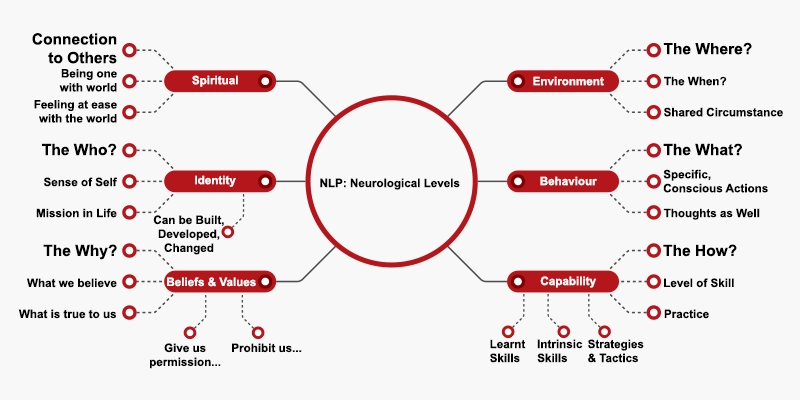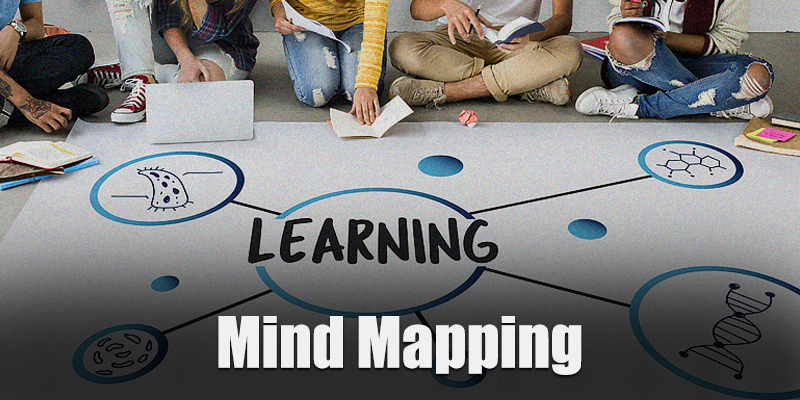Editor’s Note
Prof. Madhumita Bhattacharya, teaches Business Communications at Globsyn Business School – which has always been considered to be one of the best b schools in Kolkata. Prof. Bhattacharya has more than 20 years of experience across various premiere academic institutions of Eastern India, where she has held leadership positions. She has demonstrated ability in teaching as well as relevant academic administration. Her core areas of expertise include Business Communication, Interpersonal Skills, Professional Etiquette, Interview Skills, and Networking Strategies. She has been part of several industry-academia training programs, and has conducted workshops. Her teaching is marked by a blend of business acumen and psychological insights, which she leverages to enhance students’ understanding of effective communication in professional settings. Prof. Bhattacharya has proven expertise in Curriculum Design, Performance Evaluation & Mapping, and Training Needs Analysis (TNA). She has been part of various MDPs and FDPs, and is a joint recipient of the Education Excellence Award by Times of India.
In 1974, popular educator and TV personality Tony Buzan appeared on an episode of the BBC’s TV Series Use Your Head to present a new type of diagram: a colorful tree-like structure, with words spreading out radially from the central idea. That evening, he said the words ‘mind map’ on national television, and a concept was born. And the benefits of mind mapping began.
Although the term was first popularized by Buzan, the use of diagrams that visually “map” information using branching and radial maps traces back centuries. These pictorial methods record knowledge and model systems, and have a long history in learning, brainstorming, memory, visual thinking, and problem solving by educators, engineers, psychologists, and others. Some of the earliest examples of such graphical records were developed by Porphyry of Tyros, a noted thinker of the 3rd century, as he graphically visualized the concept categories of Aristotle. Philosopher Ramon Llull (1235 – 1315) also used such techniques.
Buzan stresses that his method draws from psychology, neuroscience, and, most importantly — his own learnings. True to this philosophy, the humble mind map has subtly evolved, and the benefits of mind mapping have been enormous.
Today’s definition of a mind map is a bit more flexible and generally includes Bubble Maps and Spider Maps as pictured below.

Mind maps differ from Concept maps in that mind maps are based on a radial hierarchy (tree structure) denoting relationships with a central concept, whereas concept maps can be more free-form, based on connections between concepts in more diverse patterns. Also, concept maps typically have text labels on the links between nodes. However, either can be part of a larger personal knowledge base system.

Mind-mapping softwares like MIRO, COGGLE, and others can be used to organize large amounts of information, combining spatial organization, dynamic hierarchical structuring, and node folding. Software packages can extend the concept of mind-mapping by allowing individuals to map more than thoughts and ideas with information on their computers and the Internet, like spreadsheets, documents, Internet sites, images, and videos. It has been suggested that mind-mapping can improve learning/study efficiency up to 15% over conventional note-taking.
The following techniques could be adopted while creating a mind map:
- Use radiant thinking – start from the centre and radiate outwards
- Use hierarchy and association – your main BOIs are embodied in thick lines radiating from the centre; the ideas radiating from the individual BOIs have thinner lines
- Use as images and colour – they will stimulate your brain’s visual and creative capacity and help you have fun along the way
- Use keywords, rather than phrases – easier to remember
- Use symbols (e.g., x for not) and codes. You can also annotate your mind map, for example, you could write references to other sources in a different colour pen
- Be clear: have words the same length as lines, and use capitals, which are easier to read and which emphasise keywords
- Use arrows to denote links between ideas
- Draw quickly and uncritically on a sheet of A4 or larger paper, placed in landscape
- Review your mind map after you have completed your first attempt, not immediately, but once your thoughts have had time to “settle”
At Globsyn Business School, we implement this technique for our Blended Learning Strategies and also encourage our students to use it for self-learning purposes. Brainstorming ideas for presentations, structuring reports, and visualizing communication models are found highly rewarding.
Mind maps draw on the brain’s ability to store an infinite number of associations, and this, together with their visual qualities (space, image, colour, etc.), helps them stimulate the memory to store more facts. Physically, they also take up less space than chronologically based notes and are less time-consuming to produce.
Mind maps can be used in a wide range of situations, from brainstorming, sorting out family problems, business meetings, making notes from books or lectures, to planning a series of blogs or podcasts.
The benefit of mind mapping as a technique is that it enables the user to enlist the full power of the brain, both the right side, which is employed for spatial awareness, a sense of wholeness (Gestalt), imagination, day dreaming, and colour, and the left, which is the more analytical, logical side.

Prof. Madhumita Bhattacharya
Faculty – Business Communications
Globsyn Business School


